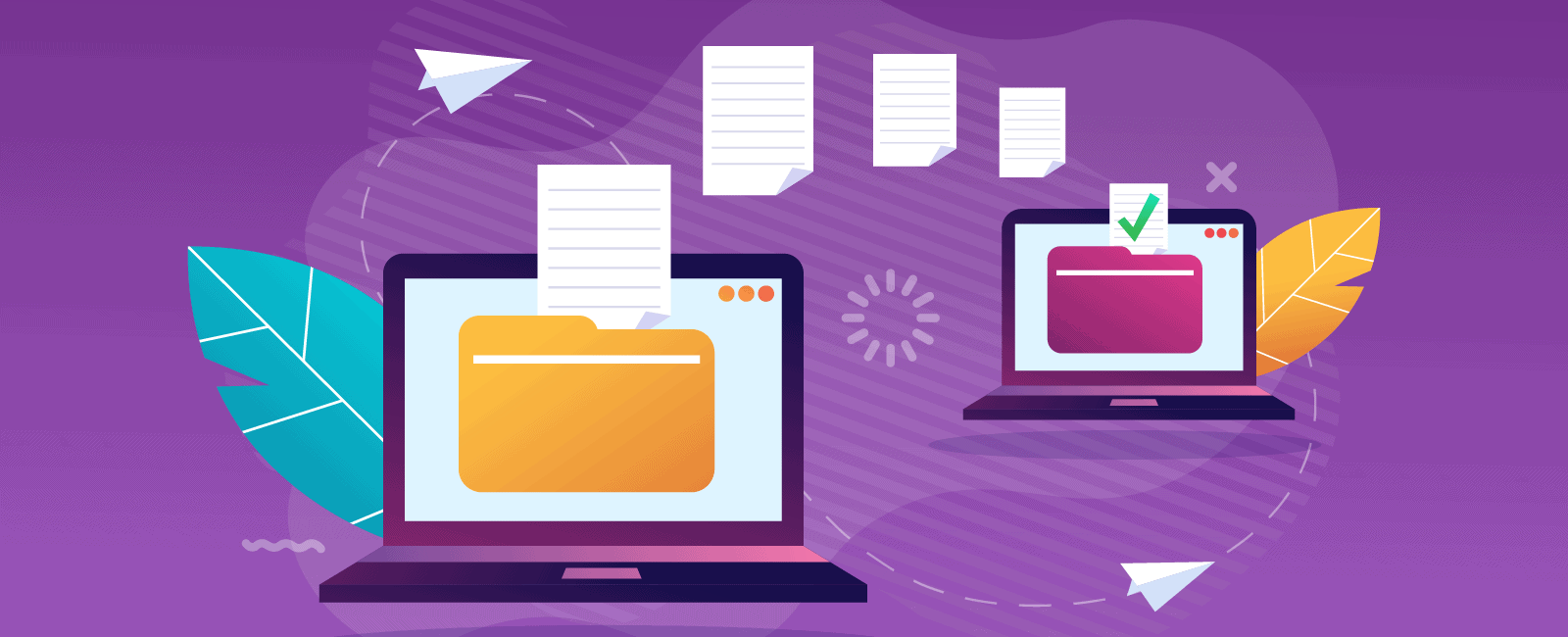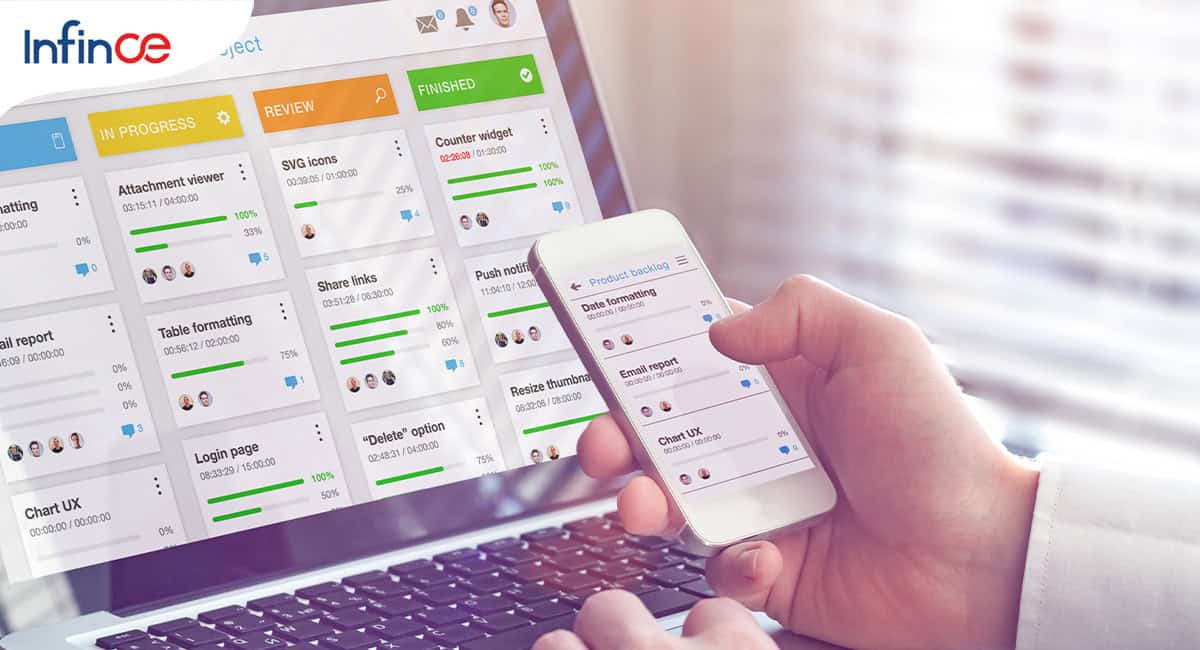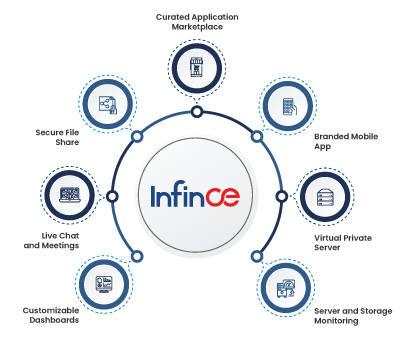Today’s workforce is witnessing a massive shift in culture. The pandemic disrupted the workforce in every way. We may be inching back to normalcy, but many companies still work remotely, and remote work seems to become a permanent fixture. It also has benefits, including giving companies access to talent pools across locations.
This Gartner report published in 2022 finds that a company will risk losing up to 39% of its workforce if it returns to a full on-site arrangement. Even an office setting involves collaboration and communication with employees from other time zones and office locations. The hybrid work culture has led employees to witness better physical and mental well-being, indicating that companies need to evolve with the changing workforce and embrace this new reality.
This increases the need for a new work model that values employee connection, team building, and collaboration. The role of a manager is changing too. Managers should invest in the right tools and team workflow technologies to ensure teams are connected, whether remote or hybrid. Collaborative notes, shared documents, and tools to monitor response times and communication standards will ensure that all team members are on the same page. Companies should focus on consistent communication and a purposeful agenda to make the best of hybrid and remote work cultures.
With all its advantages, managing a remote workforce is not easy. According to this Harvard survey, remote workers often feel lonely and disconnected. This proves that keeping remote workers connected is more important than ever. Companies must use employee experience software and digital workplace solutions to keep their remote workforce invested in the work. Here are some ways in which you can keep remote teams connected.
Read more: 6 Ways to Improve Engagement of Your Digital Employees
1. Use the Right Communication Tools
Streamlined communication is the key to keeping remote workers connected. In fact, ineffective communication can negatively impact your productivity and team morale. Most teams face problems when they choose the wrong messaging apps to solve complex problems. When handling high-priority projects, for example, teams must use apps that give complete information exchanges and team interactions. Companies should not leave employees struggling with perception and communication gaps. Look for digital workplace solutions that offer multiple communication tools to meet different requirements, all in a unified platform.
Channel selection also plays a role in effective team communication. Companies should use high-bandwidth and synchronous, face-to-face channels like video conferencing for complex projects, tasks, and exchanges. Similarly, they can use low-bandwidth and asynchronous channels like email or apps for simple and linear tasks and interactions.
Another crucial piece of the puzzle regarding communication among remote team members is the need for a comprehensive workplace chat app. This is different from virtual meetings and video interactions or calls.
2. Invest in the Best Collaboration Tools
A common problem in a remotely functioning team is that when using different collaboration apps like Zoom, Slack, Google Hangouts, and Spreadsheets, switching between multiple apps becomes a huge problem. Look for a digital workplace solution that integrates different apps under one roof.
Before companies onboard remote teams, they must choose and implement collaboration tools like video conferencing, meeting rooms, and group chats to ensure that team members can communicate instantly.
Collaboration tools include everything from apps and video-sharing technologies to programs that let employees revise documents, share interactive presentations, and brainstorm together in real time. InfinCE, for example, ensures that companies can bring partners and clients on board for a video conference or online meeting without downloading the app and even has features like simultaneous document editing. Such features are designed specifically for remote or hybrid teams and to improve productivity significantly.
Besides enhancing the workflow, collaboration apps capture a lot of data and insights from projects and tasks, which can be used in the future. Companies should choose digital workplace solutions that support custom app integrations to meet specific needs. For example, developers and project managers who are collaborating remotely on a project rely on cloud-based tools with task-management capabilities. This means that they need tools that let their team members merge changes, schedule meetings, update events, check member availability, coordinate better, and reduce planning time.
Read more: 5 Tips to Improve Remote Collaboration
3. Opt for Intuitive and Visual Dashboards
Dashboards are superb information management tools that enable visual facilitation. Visual tools are great ways to help employees focus, get involved, and access information on demand. Dashboards are also great analytics tools to generate reports to drive business decisions.
A centralized dashboard is essential for collecting data from multiple sources and providing a unified workflow view. It also keeps employees engaged by sharing a snapshot of the team’s projects or the company’s performance. Dashboards are also useful for organizational communication. Senior management can set objectives that can be broken down into action items, and these actionable tasks can be attributed to overall company goals and metrics. Apart from being an excellent organizational tool, this dashboard feature makes employees feel invested in the company’s growth, and they can track the company’s achievement milestones in conjunction with their own projects and efforts.
Some digital workplace solutions also offer dashboard tiles that further customize the dashboard experience and strengthen communication, especially with application tiles that help to visualize business data on the dashboard.
4. Use Productivity Apps and Management Tools
Remote team workers can stay connected with the right project management tools and productivity apps. The right productivity apps are built to be intuitive and to improve the employee experience. They keep teams and projects connected and synchronized. Productivity apps also track performance and enable professional growth across the team. You can also choose productivity tools and project management software that automate workflows and save valuable time.
There are multiple productivity apps but pick a digital workplace solution that can integrate all the productivity apps of your choice. Employee disengagement is a silent killer in the remote workplace, and having an integrated remote work platform will ensure that all team members are focused on the work and believe in the team.
There are so many other factors that keep remote teams connected. It is important to implement a good remote onboarding program. InfinCE’s collaboration platform, for instance, makes it easy for managers and administrators to onboard employees quickly, instantly assign new job roles, and address personal employee needs. Data security is another matter of concern. Opt for apps that let you share files securely and a digital workplace solution that enables you to run your enterprise on a secure private cloud location.
According to Gartner, organizations will be forced to adopt digital solutions to support remote and hybrid work, an investment that will drive business growth like never before. Companies that don’t adapt could slip out of the race.
InfinCE offers future-proof digital workplace solutions that truly lead to cross-functional collaborations, exemplary teams, and high-value business outcomes. Book a demo today to set your company on the path to digital transformation.





